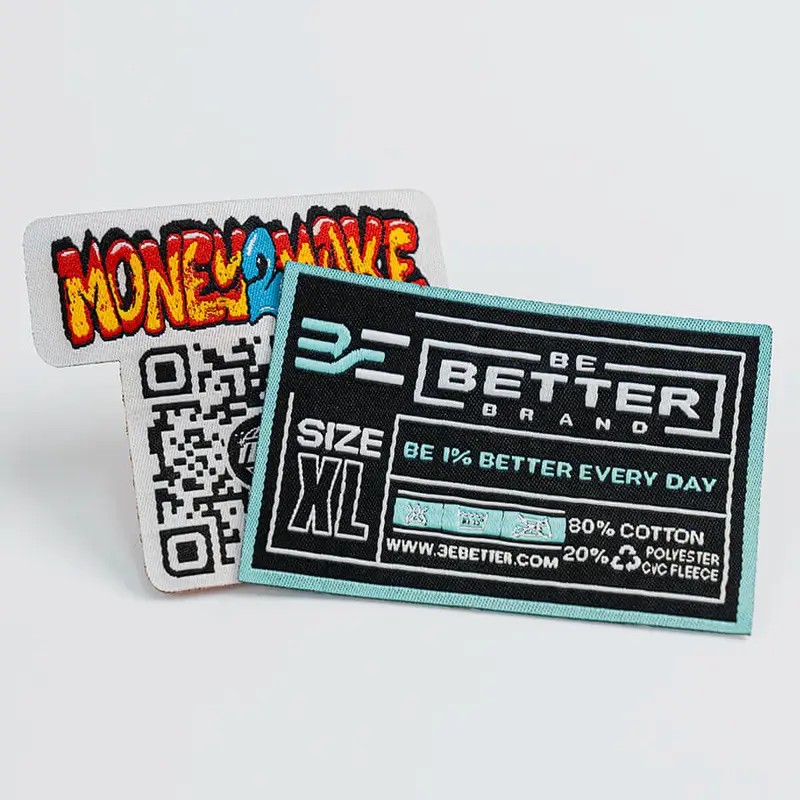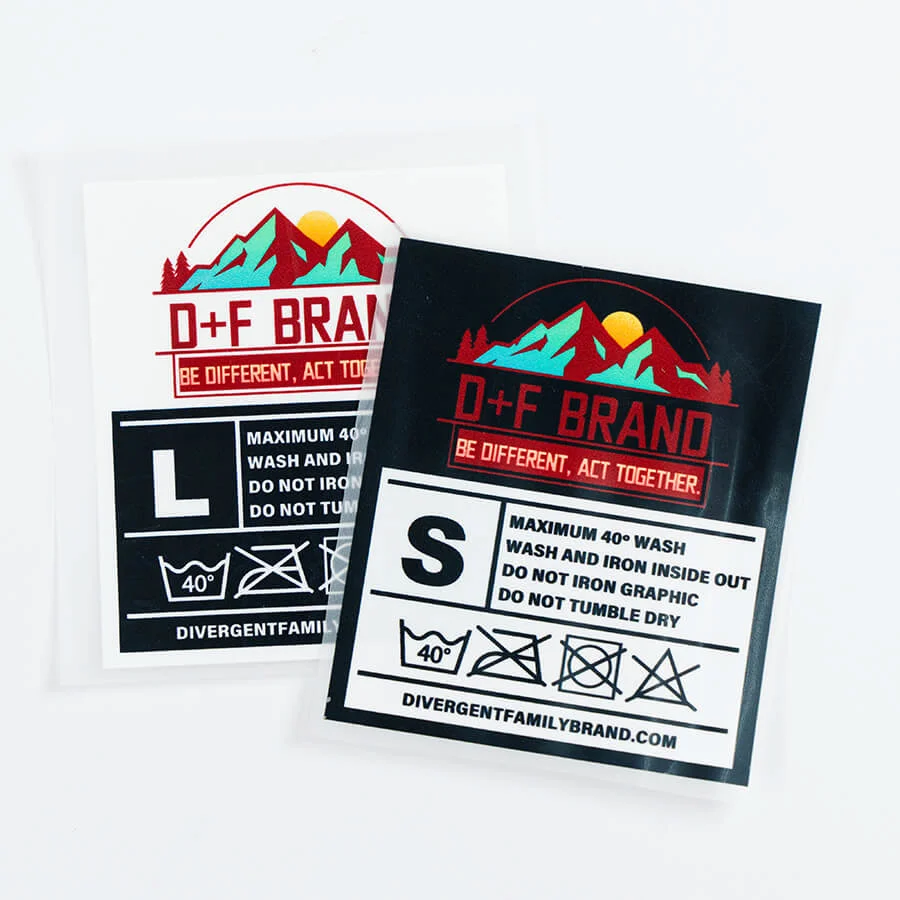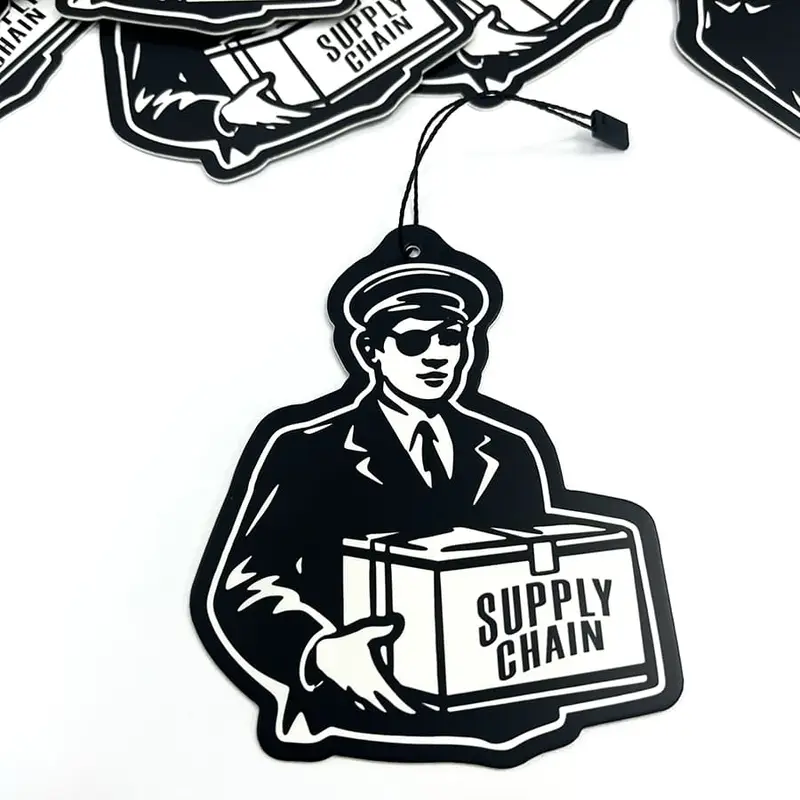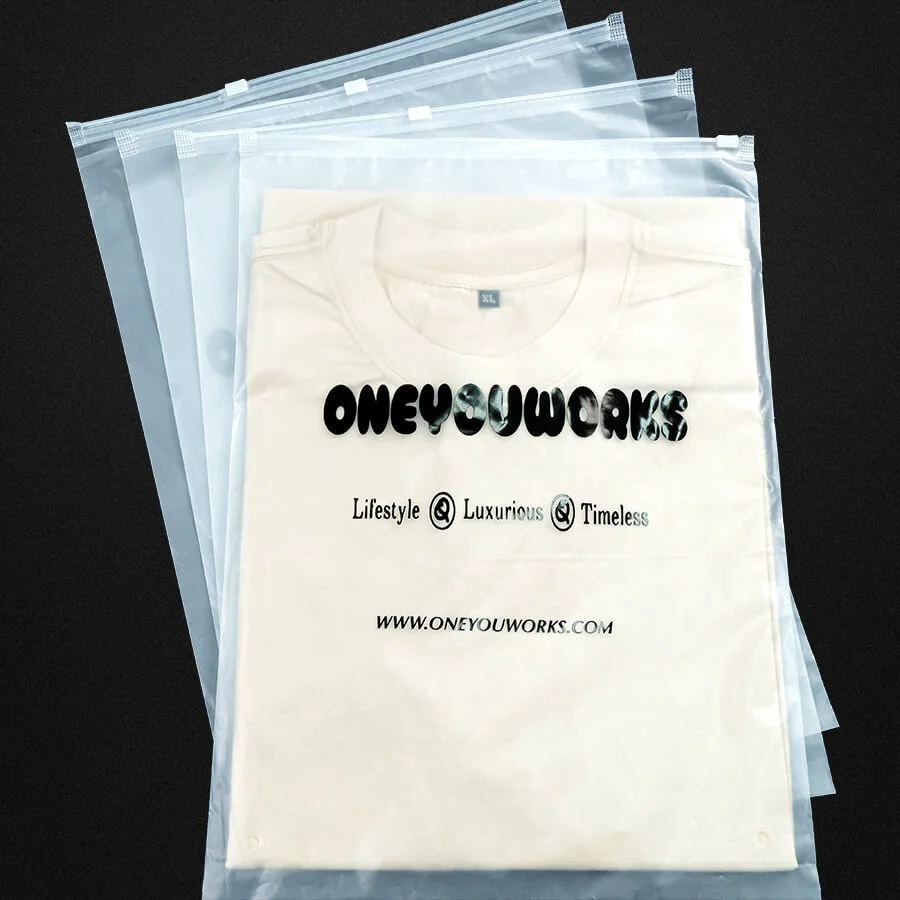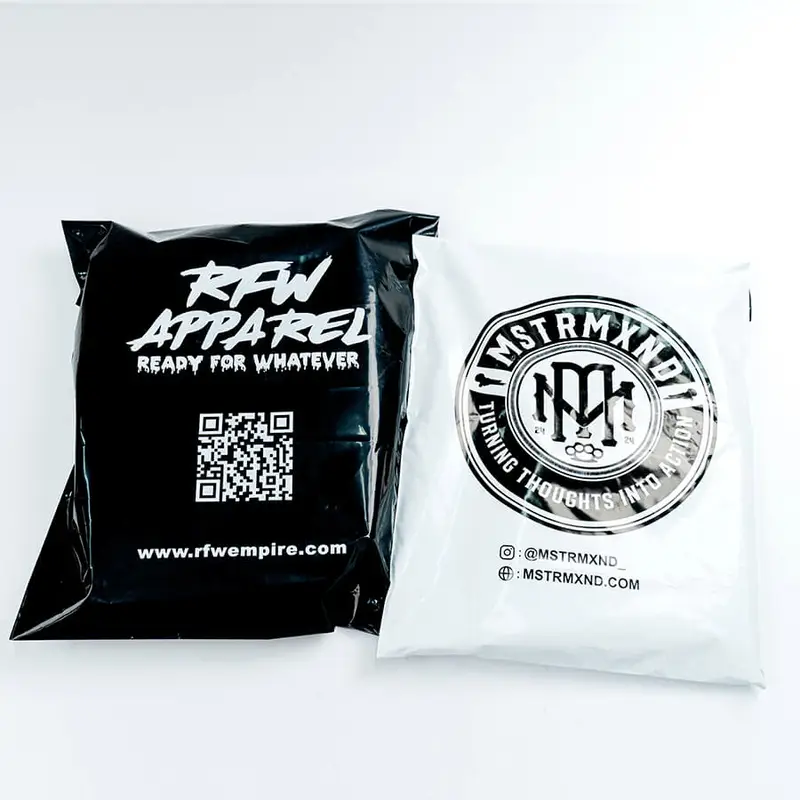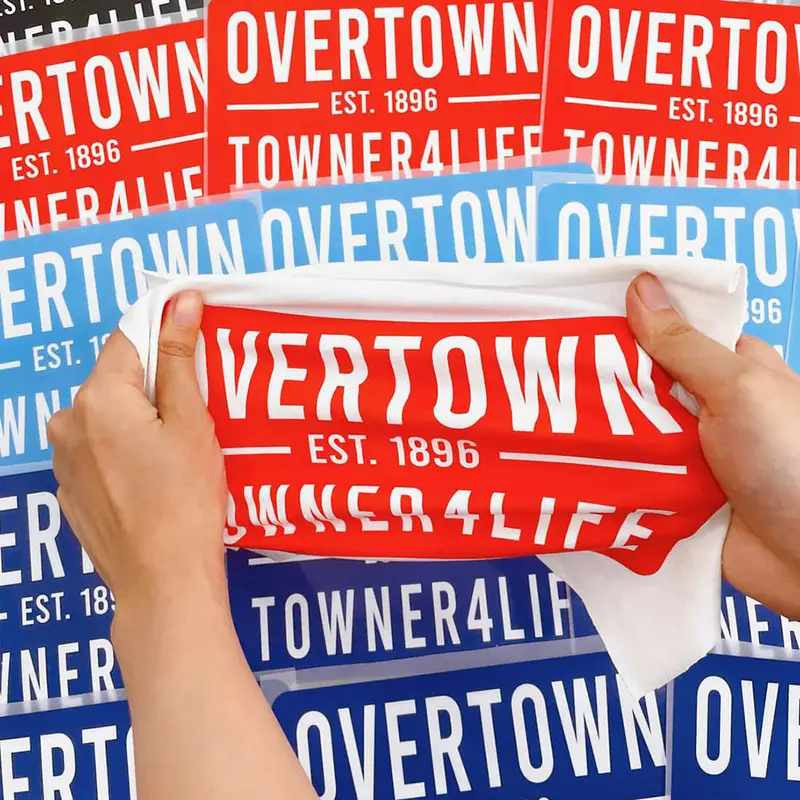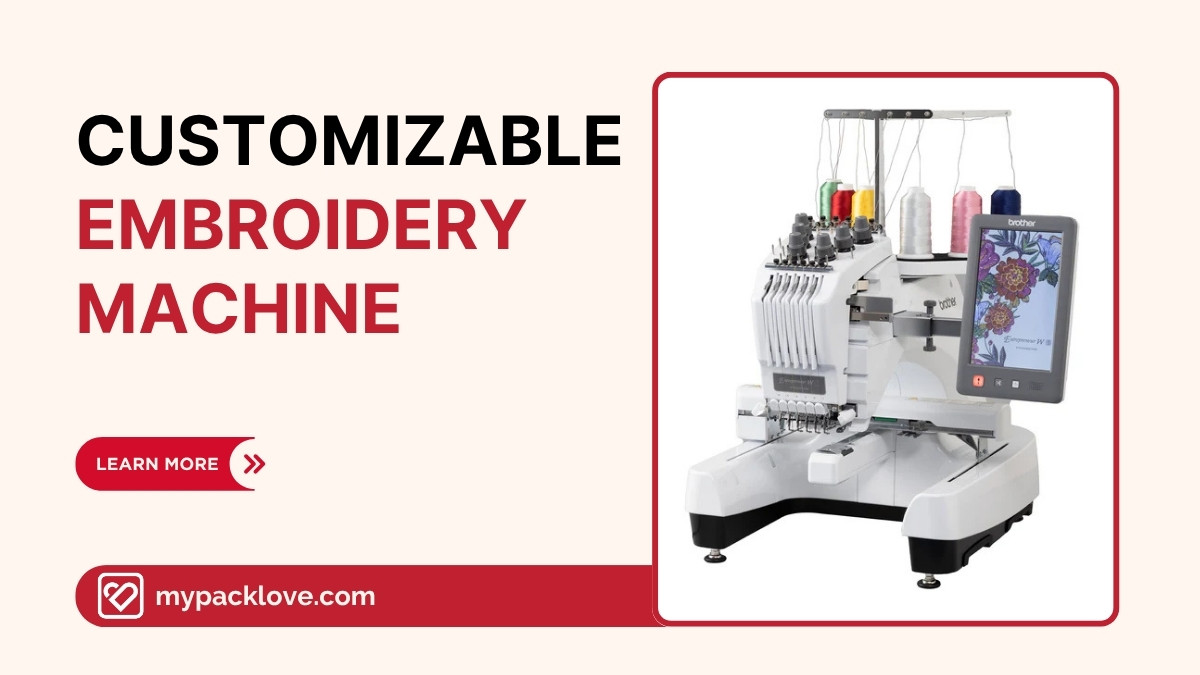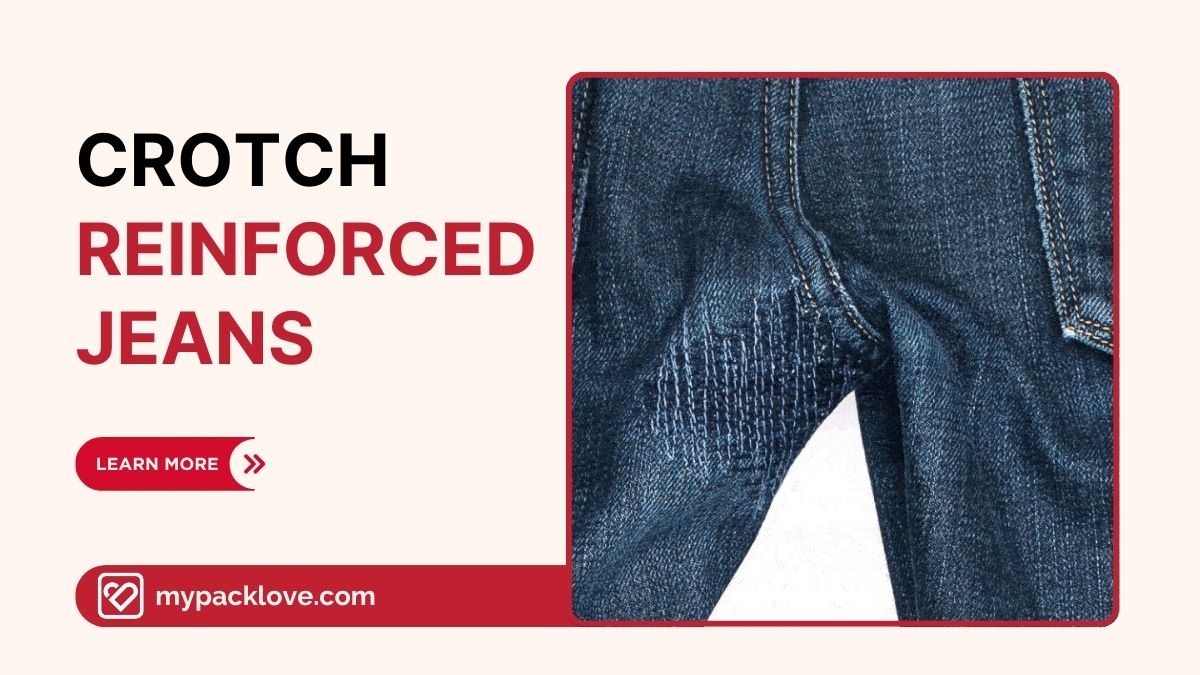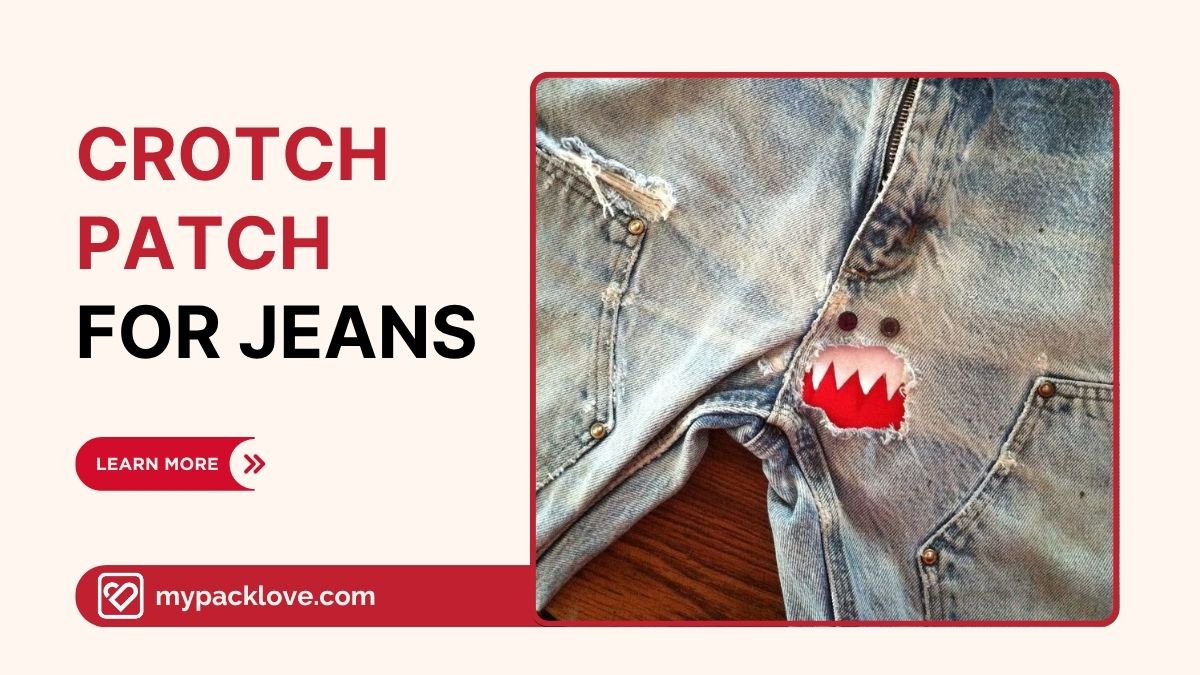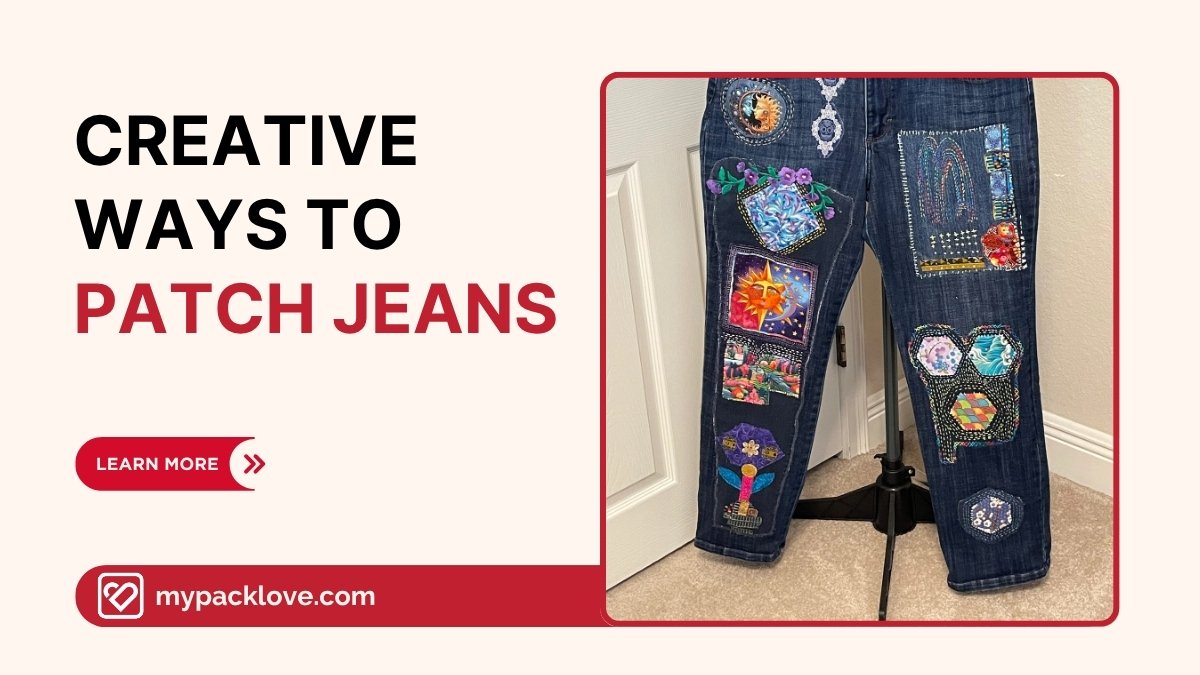How to Ship Clothes with Poly Mailers: The Ultimate Guide
Shipping clothes, whether you’re an individual selling personal items or an online business fulfilling orders, requires careful consideration to ensure items arrive at their destination in pristine condition. Using the right packaging, like poly mailers, is essential, but choosing the correct size and material, and mastering the art of packing efficiently, can be the difference between a satisfied customer and a costly return.
This guide will provide you with the knowledge to confidently select and utilize poly mailers for shipping apparel, minimizing expenses, preventing damage, and ultimately, delivering a positive experience that fosters customer loyalty and business growth.
We’l explore the best practices for packing clothes in poly mailers, helping you navigate the challenges of damaged goods, high shipping costs, and the complexities of choosing the right supplies.
1. Choosing the right poly mailer for your clothing
1.1 Understanding poly mailer sizes
Choosing the correct poly mailer size is crucial for efficient and cost-effective shipping. To determine the right size, carefully measure the clothing item you’ll be shipping. Lay the garment flat and measure its length, width, and thickness. Once you have these measurements, you can select a mailer that comfortably accommodates the item without excessive empty space.
Here’s a general size guide for common clothing items:
| Clothing Item | Recommended Poly Mailer Size |
| T-shirt (Small) | 6″ x 9″ or 7.5″ x 10.5″ |
| T-shirt (Medium/Large) | 10″ x 13″ |
| Dress (Lightweight) | 10″ x 13″ or 12″ x 15.5″ |
| Pants | 10″ x 13″ or 12″ x 15.5″ |
| Jacket (Lightweight) | 14.5″ x 19″ |
| Jacket (Bulky) | 19″ x 24″ or 24″ x 24″ |
Remember to choose a mailer that’s slightly larger than your item’s dimensions to allow for easy insertion and sealing. Avoid overstuffing, as this can strain the seams and lead to tearing during transit.
1.2 Poly mailer materials and thickness
Poly mailers, the go-to choice for shipping garments, are commonly crafted from polyethylene (PE) or a blend of polyethylene and polypropylene (PP). These plastic materials are favored for their inherent lightness, resilience, and ability to repel water.
This combination of properties ensures that the contents remain shielded from dampness, dust, and potential tears during transit. The robustness of a poly mailer is gauged by its thickness, measured in mils. A higher mil value signifies a thicker, more durable material, offering enhanced protection.
For the majority of clothing items, a poly mailer with a thickness of 2 or 2.5 mil generally provides adequate safeguarding. However, when shipping heavier garments or more delicate pieces that require extra care, opting for a 3 mil thickness or greater is a wise precaution.
Reflecting growing environmental consciousness, many suppliers now offer eco-conscious poly mailer alternatives. These include options like biodegradable or compostable mailers, designed to break down more readily in landfill conditions or commercial composting facilities, as well as mailers manufactured using recycled materials. Choosing these sustainable options is a positive step for businesses aiming to minimize their environmental footprint.
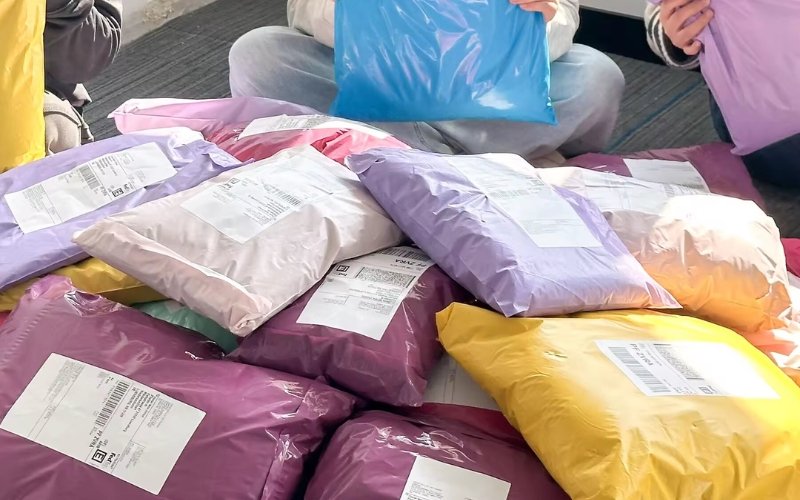
1.3 Exploring different poly mailer features
Today’s poly mailers are equipped with a variety of features designed to boost security, simplify the packing process, and even strengthen your brand identity. The majority come with a self-adhesive strip, a practical addition that allows for swift and effortless sealing, eliminating the need for extra tape and streamlining your shipping workflow.
For businesses prioritizing package integrity, tamper-evident mailers are a worthwhile option. These specialized mailers incorporate a unique closure mechanism that visibly indicates any attempts to open the package during transit, providing an added layer of security and peace of mind.
Considering the visibility of your shipped items is also important. While standard poly mailers are designed to be opaque, ensuring the privacy of the contents, transparent alternatives are also available should your needs differ.
Beyond basic functionality, poly mailers can also be leveraged to enhance your brand’s visual presence. Colored poly mailers offer a simple yet effective way to inject personality into your packaging or to align with your established brand colors.
For a more impactful branding strategy, custom-printed poly mailers are an excellent investment. Incorporating your logo and branding elements directly onto the mailer transforms your packaging into a mobile marketing tool, boosting brand recognition and projecting a professional image from the moment the package arrives at your customer’s doorstep. This attention to detail in packaging can significantly contribute to a positive customer experience and reinforce your brand’s identity.
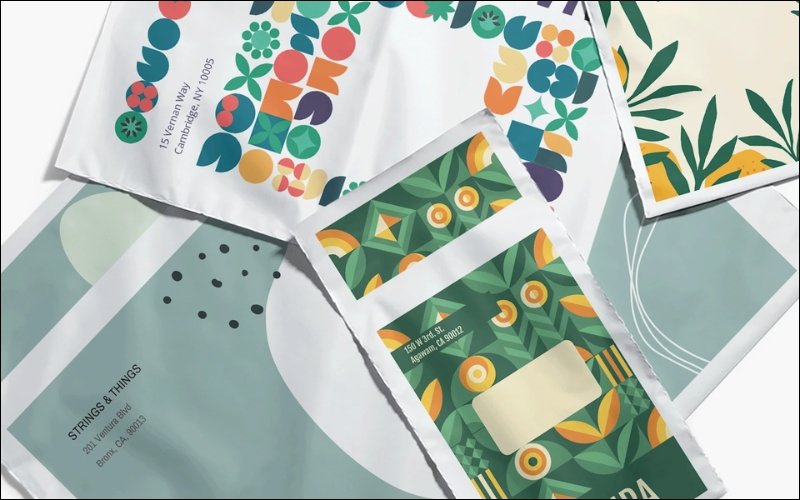
2. Packing clothes efficiently for shipping
2.1 Folding techniques for minimal wrinkles
Proper folding is a foundational step in preparing garments for shipment. Thoughtful folding not only minimizes wrinkles but also contributes significantly to the presentation of your clothing items when they reach your customers.
For everyday items like t-shirts and tops, employing effective folding techniques is key to maintaining a crisp, fresh appearance. The traditional flat fold remains a reliable method, and a modified rolling technique can also be highly beneficial.
When opting for the flat fold, begin by laying the garment on a clean, flat surface. Smooth out any wrinkles before folding. Consider placing acid-free tissue paper between the layers of fabric as you fold. This simple addition acts as a gentle cushion within the folds, significantly reducing the chances of sharp creases forming during transit.
The rolling method offers an alternative approach, particularly advantageous for wrinkle-prone or more delicate fabrics. To roll a shirt, lay it flat and smooth. Fold the sleeves inward, aligning them along the body of the shirt. Then, starting from the bottom hem, tightly roll the garment upwards towards the collar. This compact rolling technique helps to prevent harsh creases and is especially effective for materials that wrinkle easily.
For items like dresses and pants, a combination of folding and rolling may be the most suitable approach. Begin by folding the item lengthwise, aligning seams and edges neatly. Depending on the fabric type and the desired level of wrinkle prevention, you can then either fold the item into thirds or proceed to roll it from the bottom up, similar to the shirt rolling method.
For high-end garments, formal wear, or particularly delicate pieces, investing in garment bags provides an additional layer of safeguarding. These bags offer protection against dust, snags, and further minimize the potential for wrinkles, ensuring these special items arrive in pristine condition.
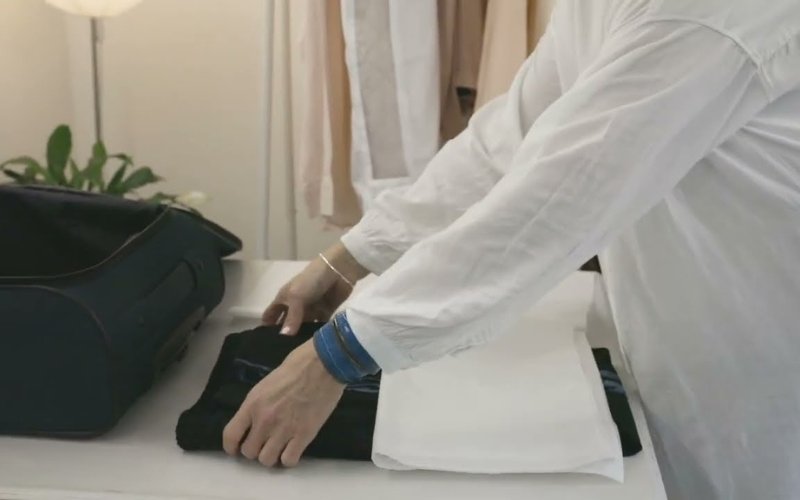
2.2 Protecting clothes from damage during transit
While poly mailers are designed to offer a good level of protection for clothing shipments, certain items, particularly those that are delicate or of higher value, may benefit from additional safeguarding measures. Think of these extra steps as an investment in ensuring customer satisfaction and upholding the quality of your brand.
For enhanced cushioning against bumps and impacts during shipping, consider incorporating bubble wrap or biodegradable air pillows into your packaging process. Wrapping the garment in a layer of bubble wrap before placing it inside the poly mailer provides a reliable buffer against rough handling. As a more eco-conscious alternative, biodegradable air pillows offer similar protection while aligning with sustainable business practices.
Another effective method to minimize movement and potential damage during transit is to utilize packing peanuts. These lightweight fillers are ideal for occupying any empty space within the poly mailer. By preventing the item from shifting excessively inside the package, packing peanuts significantly reduce the risk of friction and impact-related damage.
Protecting against moisture is also a crucial consideration, especially for delicate fabrics or when shipping to regions with humid climates. To create a robust moisture barrier, consider using a waterproof liner, such as a zip-top plastic bag.
Enclosing the folded garment within a sealed plastic bag before placing it in the poly mailer provides an effective shield against dampness and humidity, ensuring the clothing arrives in pristine condition, regardless of external weather conditions.
Finally, while not always a necessity for every shipment, shipping insurance can offer valuable peace of mind, particularly when dealing with high-value items. In the unlikely event of loss or damage during transit, shipping insurance provides a financial safety net, protecting your investment and ensuring you can resolve any issues promptly and professionally with your customer. This proactive approach to risk management demonstrates a commitment to customer satisfaction and reinforces trust in your brand.
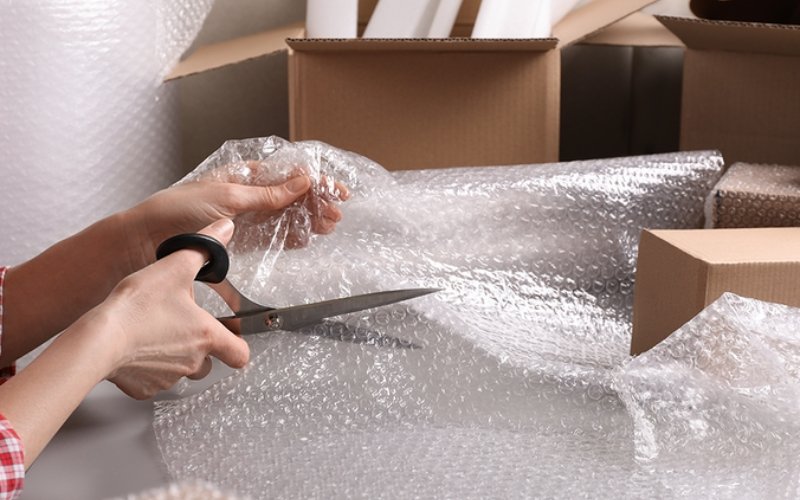
3. Shipping your clothes with poly mailers
3.1 Choosing the right shipping carrier
Several major carriers offer reliable shipping services, including USPS, FedEx, and UPS. Each carrier has its own strengths and weaknesses in terms of cost, delivery speed, and service options. USPS is often the most economical choice for lightweight packages, especially for domestic shipments.
FedEx and UPS may offer faster delivery times and more comprehensive tracking options, particularly for heavier or international shipments. When choosing a carrier, consider factors such as the weight and dimensions of your package, the destination, desired delivery speed, and whether you need tracking or insurance.

3.2 Calculating shipping costs and applying labels
Shipping costs are typically determined by the weight and dimensions of the package, as well as the destination and chosen shipping service. Use a shipping cost calculator, available on carrier websites or through online shipping platforms, to estimate costs. Be aware of dimensional weight pricing, where the cost is based on the package’s volume rather than its actual weight.
Once you’ve chosen a carrier and service, you can create and print shipping labels online or purchase them at a carrier location. Ensure the label is securely attached to the poly mailer, with the barcode clearly visible for scanning.
4. FAQs about shipping clothes with poly mailers
4.1 What size poly mailer do I need for a t-shirt?
A small t-shirt can usually fit in a 6″ x 9″ or 7.5″ x 10.5″ poly mailer. For medium to large t-shirts, a 10″ x 13″ mailer is generally recommended. It is always best to measure the folded shirt to ensure it fits comfortably without being too snug.
4.2 Are poly mailers waterproof?
Yes, poly mailers are inherently waterproof due to their polyethylene construction. This makes them ideal for protecting clothing from moisture during shipping. However, for added protection, especially in extremely wet conditions, consider using a waterproof liner inside the mailer.
4.3 Can I use poly mailers for international shipping?
Yes, poly mailers are suitable for international shipping. However, be sure to check the specific regulations and requirements of the destination country. You’ll also need to complete the necessary customs forms, accurately declaring the contents and value of the shipment.
4.4 How can I make my poly mailer shipments more eco-friendly?
Consider using poly mailers made from recycled materials or opt for biodegradable or compostable options. Additionally, encourage your customers to reuse or recycle the mailers. Choosing the right size mailer also reduces waste by eliminating unnecessary material.
4.5 How do I prevent clothes from wrinkling in a poly mailer?
Proper folding techniques, such as the rolling method or using tissue paper between layers, can significantly reduce wrinkles. Additionally, avoid overpacking the mailer, as this can compress the clothing and lead to creases.
5. Packlove – Providing service for shipping apparel
Packlove offers comprehensive packaging solutions designed for efficient and professional apparel shipping. Our Value Booster Kit provides businesses with a curated selection of essential packaging supplies. We also offer custom branding options, including Woven Labels, Heat Transfer Labels, and Rubber Labels, to enhance your brand identity.
Our wide selection of Zipper Bags and Poly Mailers, available in various sizes and materials, ensures you find the perfect fit for your products. Explore our website at https://mypacklove.com/ to discover our full range of products, or contact us today to discuss your custom packaging needs and receive a personalized quote.
Read more:
Successfully shipping clothes with poly mailers involves careful consideration of several factors, from choosing the right mailer size and material to employing effective packing techniques. By following the guidelines outlined in this article, you can ensure your clothing items arrive at their destination safely, professionally presented, and in optimal condition. Utilizing poly mailers offers a cost-effective, easy-to-use, and protective solution for shipping apparel. Packlove is your trusted partner for all your poly mailer and packaging needs, offering a wide range of high-quality products and custom solutions to help your business thrive.

